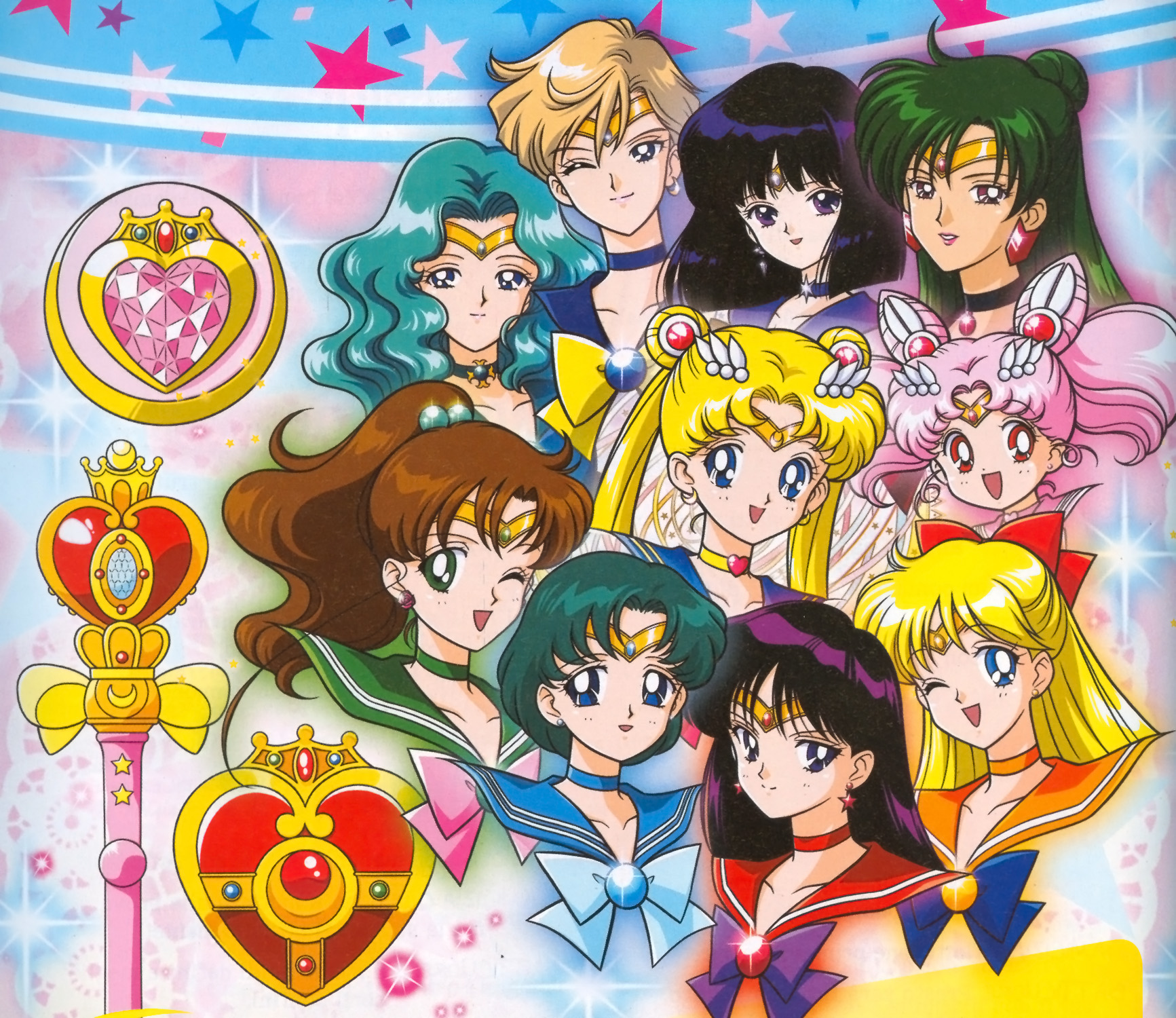Saturn
Hello everyone. Happy 2014! This is my first blog of the New Year and it's going to be about Saturn. Some people say it's their favorite planet in the whole solar system. They just say that because of its beautiful rings. We are going to learn about Saturn's rings and Saturn it's self. Here we go.
First, like always, we are going to learn about his life story.
He was the son of Uranus. When he grew up he married Titan Rhea. He had a total of six children. He had a bad habit of eating his children but we are not going to talk about that. Moving on.
After all that, the Romans adopted him and made him the god of Saturn. They even made a holiday in the winter called Saturn. Here's a neat picture of him.
OK, before we learn anything about Saturn we are going to compare it to the other planets. first we are going to compare them by size. Saturn is the second largest planet only surpassed by Jupiter. You can fit 763 earths into Saturn. Now Saturn's distance from the sun is 1.4 billion km but the exact number of Saturn's distance from the sun is 1,433,449,370 km. That is a lot. Here is a picture of all the planets sizes.
Ceres is so tiny
OK, now we are going to talk about Saturn the planet. We should talk about the atmosphere first. It's atmosphere is the same like Jupiter's. It's a gas planet so that means it has no surface. Scientist have found out that if you go deeper into Saturn's atmosphere the gas would start to turn into liquid And there might be a small rocky core. Scientist don't really know about the core. YET!
Ceres is so tiny
OK, now we are going to talk about Saturn the planet. We should talk about the atmosphere first. It's atmosphere is the same like Jupiter's. It's a gas planet so that means it has no surface. Scientist have found out that if you go deeper into Saturn's atmosphere the gas would start to turn into liquid And there might be a small rocky core. Scientist don't really know about the core. YET!
Do you know what makes Saturn so beautiful? That's right its rings. So the next thing we are going to learn about is it's rings. Every time you look through a telescope it's rings look smooth. But there actually not. They are really grainy. The rings are made up of ice and rock. Scientist think it got its rings by comets, asteroids, or even moons broke up in orbit around Saturn due to Saturn's very strong gravity. The rings were found in order so the eaziest way to remember them is to name them alphabetically.
Before we can move on I have a fun fact for you. Did you know that saturn is the planet that has the lowest density? What does that mean exactly? I'm glad you asked. It means it's really light. For example, if you put it on water it would float. Here's a picture of it floating in water.
Now we are going to talk about Saturn's moons. It has 62 moons oribiting it. I know what your thinking, oh man this is going to take forever. Good news we are going to learn about one moon. That one moon is named Titan. It is the biggest moon that orbits Saturn. It's even bigger than Mercury! The scientist wanted to learn more about Titan so they sent a probe to look more at it. Before we learn more here's a picture of Titan.
Titan is the second largest moon in the solar system. The temperature at Titan's surface is about -289 degrees Fahrenheit. In 1980, NASA's Voyager 1 spacecraft tried to take close up images of the natural features of Titan's landscape. When they looked at the pictures it looked like a bright continent. Then scientist found lakes on Titan. So the big question is does Titan have life?
Fun Facts
1. It is very windy on Saturn. Winds around the equator can be 1,800 kilometers per hour. That's 1,118 miles per hour! On Earth, the fastest winds "only" get to about 400 kilometers per hour. That's only about 250 miles per hour.
3. Saturn spins on its axis very fast. A day on Saturn is 10 hours and 14 minutes.
4. The day Saturday was named after Saturn.
5. The Ringed Planet is so far away from the Sun that it receives much less sunlight than we do here on Earth. Yes, the Sun looks smaller from there.
That's my blog for today. I hope to see you next time.
This is The Science Fairy saying keep learning science.
pictures
link1 information








